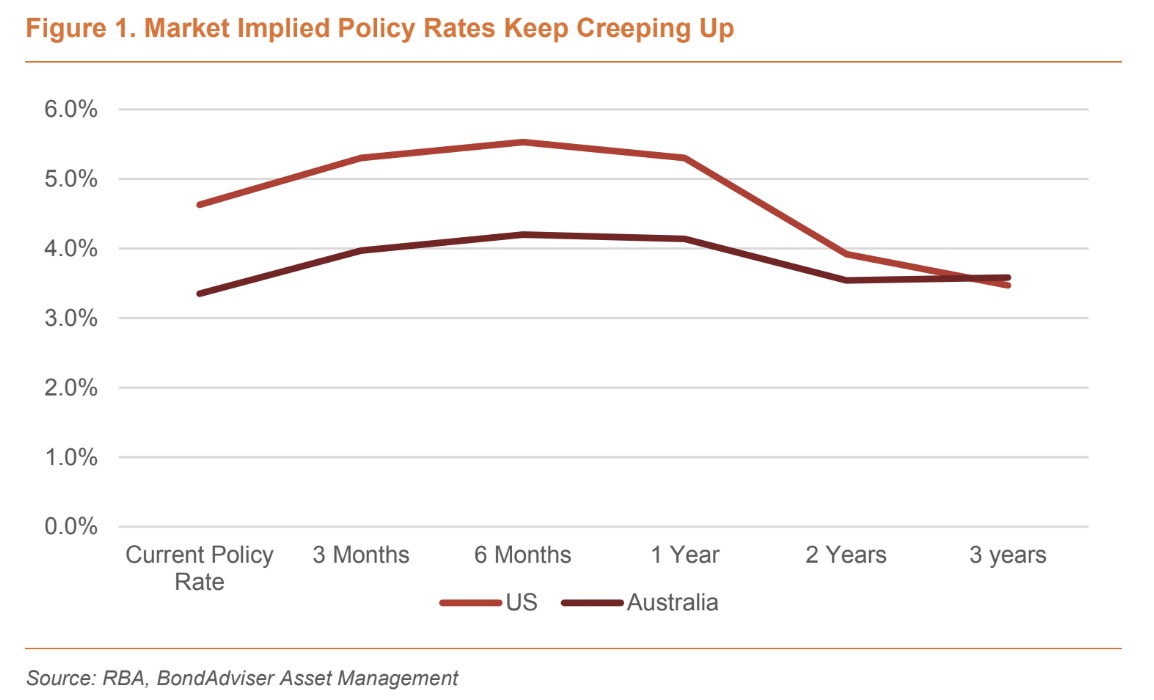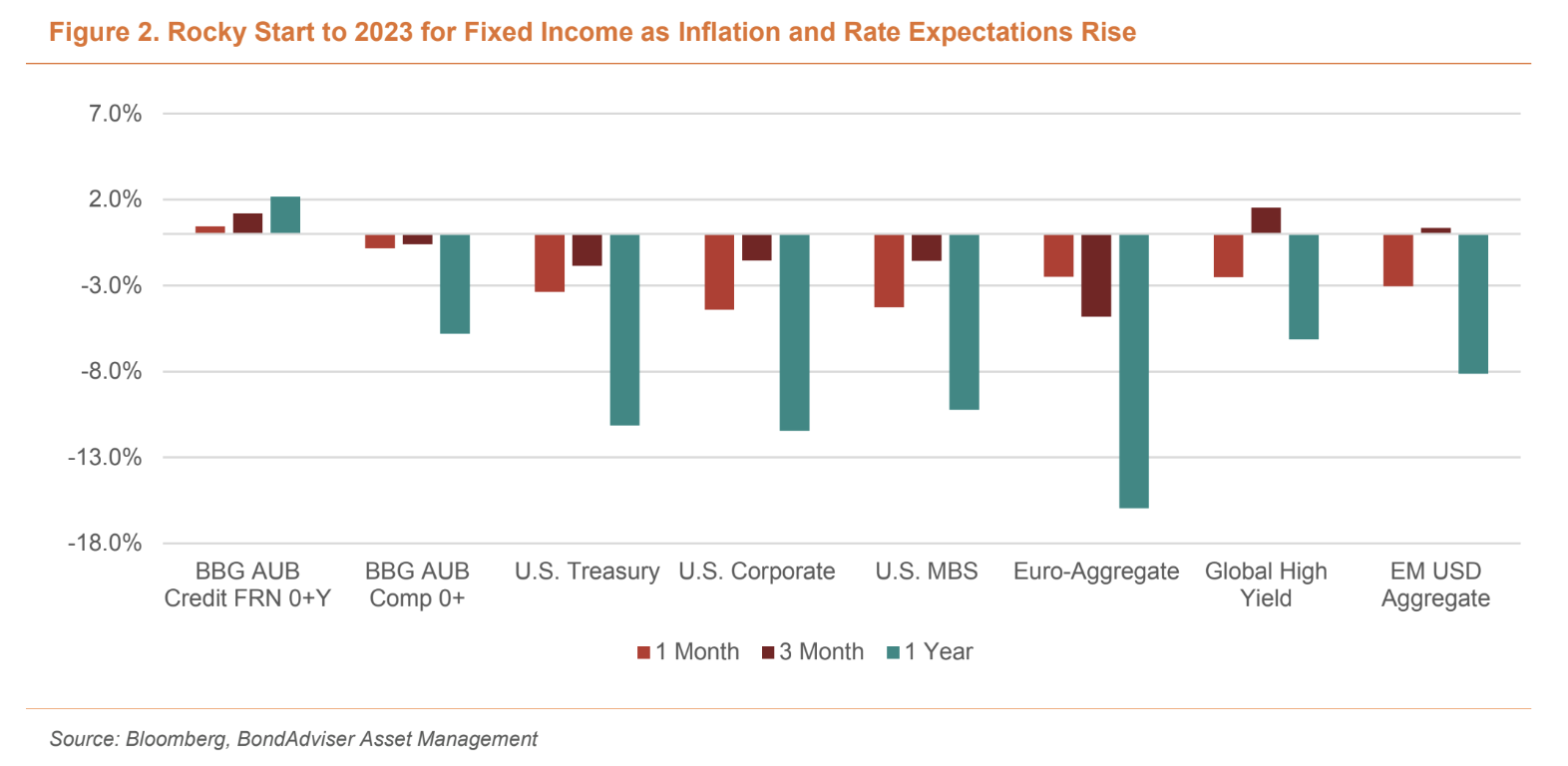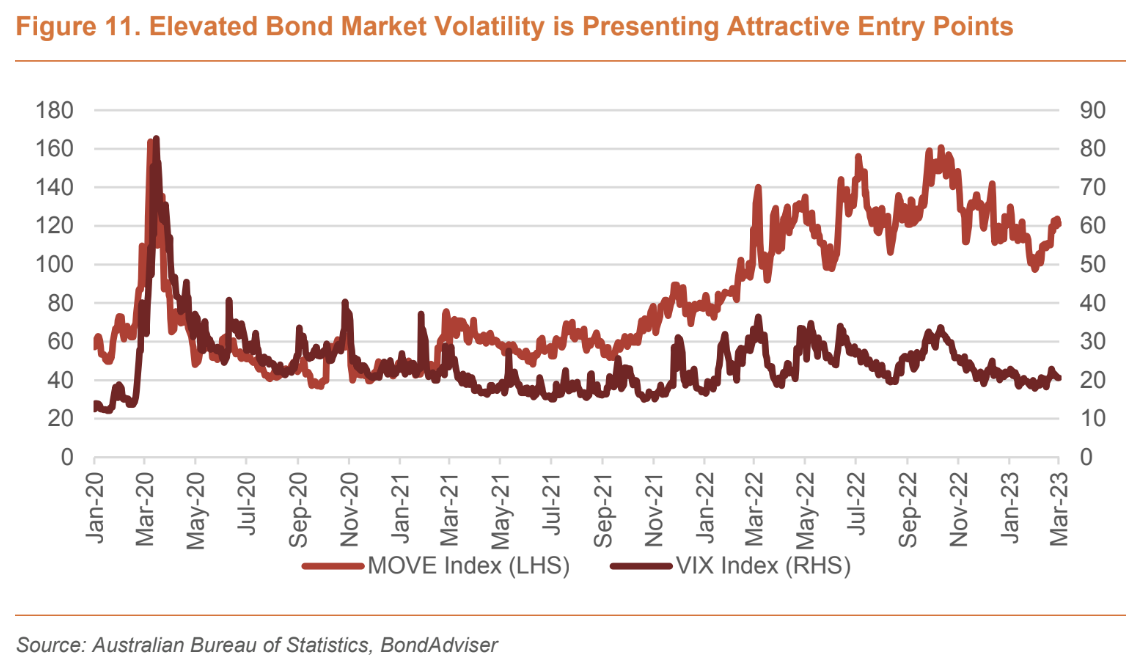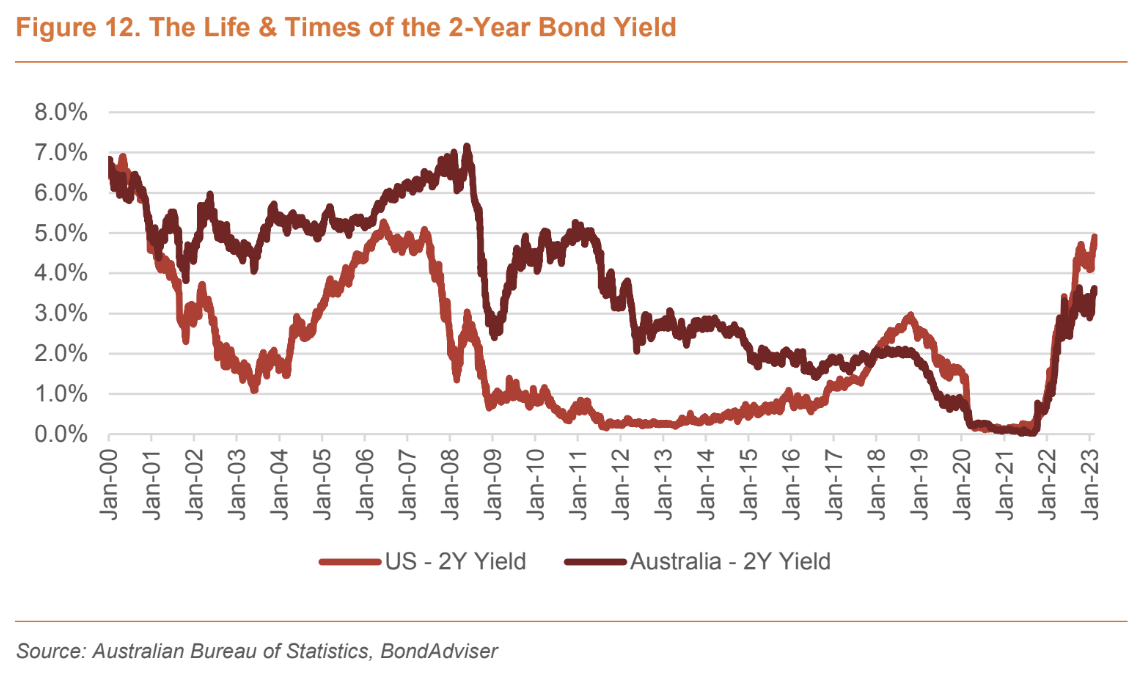As much as we might enjoy the idea of a perfectly executed soft landing, history tells us we should likely be preparing for the alternative. As for the fanciful concept of a “no landing”, frog-march anyone that mentions it straight out of the room. Everything lands.
The task ahead for central bankers is a difficult one, delicately poised between persistently high inflation, resilient labour markets and a never-before-seen monetary policy response – both past and present.
A hard landing would suggest central banks have to create an appropriate level of demand destruction, via monetary policy, to not only dampen inflationary pressures but tip their respective economies into, or close to, recession.
Economics 101 tells us a rapid level of demand destruction will likely trigger higher unemployment and sharp downward adjustments in consumer spending and economic growth, with further downside risk of recession. This is the balancing act central bankers currently find themselves in, aptly described as a "tight spot" by Ulysses Everett McGill in one of my favourite films, O Brother Where Art Though.
Despite inflationary pressures and policy rates rising, the global economic backdrop generally remains resilient. The COVID pandemic was met with seemingly endless liquidity reigning over global assets, driving many prices to overvalued levels. The legacy of this surplus liquidity remains across many asset prices, creating a false sense of security about what may lurk in the shadows. Unfortunately, many will learn the hard way as rapid rate rises and withdrawal of said liquidity begin to filter through global economies and asset prices.
Personally, I see more chance of central bankers landing a double back Salto tucked with a triple twist than executing a soft landing.
Accordingly, most of my time is spent thinking about how we can best prepare client portfolios for such a downside scenario. Don’t get me wrong, I hope the landing is soft. In my book, central bankers don't have enough credits in the bank for me to be confident. Their credibility is not what it once was. Judging from fixed income performance year to date, it seems I am not the only one in that camp.
Increasing examples of malfunctioning markets suggest asset price volatility likely increases through 2023. As such, trying to point guess the timing of market moves and frequently adjusting positioning accordingly is a path best avoided. In the words of Warren Buffet in his most recent Letter to Shareholders, “near-term economic and market forecasts are worse than useless. Our job is simply to manage our investor money in the most responsible manner appropriate.”
In our case, protect the capital base while generating a stable source of resilient income. While the risk of a major tipping point remains, the reality is financial stability concerns will tend to outweigh price stability concerns. The higher rates go up, the higher the likelihood of a breakdown in financial stability.
Central bankers are now unenviably tasked with creating the right amount of demand destruction to the point of slowing down inflation without sending economies into recession. The recent UK Gilts crisis showed us that no amount of jawboning about “no more central bank put” is likely to prevail when financial stability is at risk. Should such a tipping point be reached, it will be difficult not to return to the well-trodden path of intervention. Possibly even accepting a higher rate of inflation.
The fight against inflation is far more persistent than most of us originally thought it would be. We are now in a higher-rate environment, where economic fallout will be an inevitable part of the journey. As a result, we believe this is a time to ensure downside protection is in place while enjoying the relatively high rewards on offer in the high-grade fixed-income asset class. Markets have had a good ride for a long time.
But the long kiss goodnight must eventually come to an end.
Where Is the Value in Credit Markets?
The starting point for evaluating asset returns should always be the risk-free rate. For the purposes of this analysis, we will use US and Australian government bonds as our risk-free proxies.
We will then compare riskier asset returns to those benchmarks to identify where we see value. Naturally, we must be compensated with a commensurate premium for the additional layers of risk we are adding to the risk-free rate. Such risks might include credit risk, liquidity risk or default risk. In that context, risk-free rates seem very attractive right now.
Increasing rates and the volatility of expectations they create are presenting compelling risk-adjusted returns across fixed income.
Globally, sovereign yields have seen nothing short of vicious moves since rates started increasing. In the last 12 months, the US 10-Year government bond yield has increased over 210 basis points to 3.93%, while the 2-Year has risen an eye-watering 340 basis points to 4.63%. Meanwhile, the Australian 10-Year has increased 165 basis points to 3.78% while our 2-Year has risen 242 basis points to 3.50%. The magnitude of these moves should not be ignored. The 2-Year, somewhat acting like a wild child, tells us the market expects an average benchmark rate of 4.63% over the next two years.
We continue to prefer higher-grade credit and with 10Y yields now hovering around the 4.0% mark, are beginning to add duration to the portfolios. While doing so, we remain underweight. This is a strategy that has worked in our favour in recent years as our portfolios remained almost entirely floating rate note based.
However, current levels of fixed rates on high-grade paper are too attractive to ignore. We continue to see upside risks to market pricing suggesting a terminal domestic cash rate of 4.10% and as such, will continue to accumulate duration should yields move higher.
Never miss an update
Enjoy this wire? Hit the ‘like’ button to let us know.
Stay up to date with my current content by
following me below and you’ll be notified every time I post a wire



